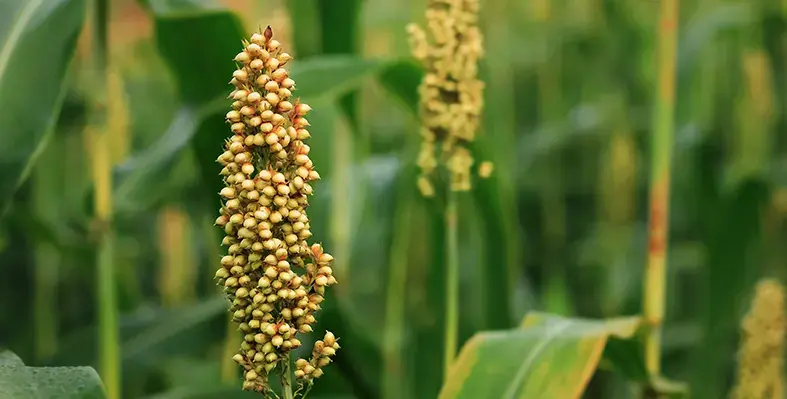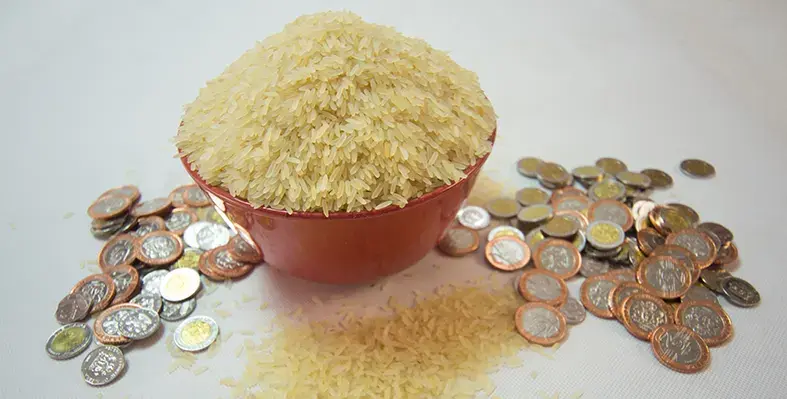In a bid to strengthen food security and improve the livelihoods of smallholder farmers, the National Agricultural Land Development Authority (NALDA) has entered into a strategic partnership with Arzikin Noma, a leading agro-allied company in Nigeria
The collaboration is seen as a vital step towards transforming agriculture into a more resilient and sustainable sector across the country.
The partnership, sealed through a Memorandum of Understanding (MoU), aims to bring together government, private investors, and development partners to address core agricultural challenges. It places smallholder farmers at the heart of Nigeria’s long-term food security plans.
Michael Adeshola, Group Managing Director of Arzikin Noma, confirmed that the first phase of the project will focus on farmland development in Ora, before expanding to 35 states and the Federal Capital Territory. “The initiative is a key step toward achieving food sovereignty in the country and eradicating hunger,” he said.
Arzikin Noma operates in several crop value chains, including maize, millet, sorghum, soya, sesame, cowpea, and rice. The firm currently partners with over 500,000 farmers across states such as Kaduna, Kano, Jigawa, Gombe, Katsina, Oyo, and Kwara.
According to Adeshola, the company supports these farmers by offering access to agricultural finance, expert knowledge, and climate-smart techniques. “The company ensures guaranteed markets for quality crops that meet both local and export standards,” he added.
The firm has also built strong ties with major buyers including Nestlé, Cadbury, Olam Hybrid, and the World Food Programme, all of whom rely on locally sourced raw materials. The partnership reflects a commitment to home-grown solutions for food production.
Adeshola stressed the importance of empowering women, youth, and vulnerable groups through agricultural opportunities. He also commended the Nigerian government’s efforts to involve the younger generation in farming, calling it a “key development for the nation.”
Under NALDA’s leadership, plans are underway to unlock 10 million hectares of farmland within the next 10 years. Adeshola pointed out that agriculture employs around 65% of Nigerians, and stressed the need to treat food security as an emergency if the country hopes to achieve lasting food independence.











